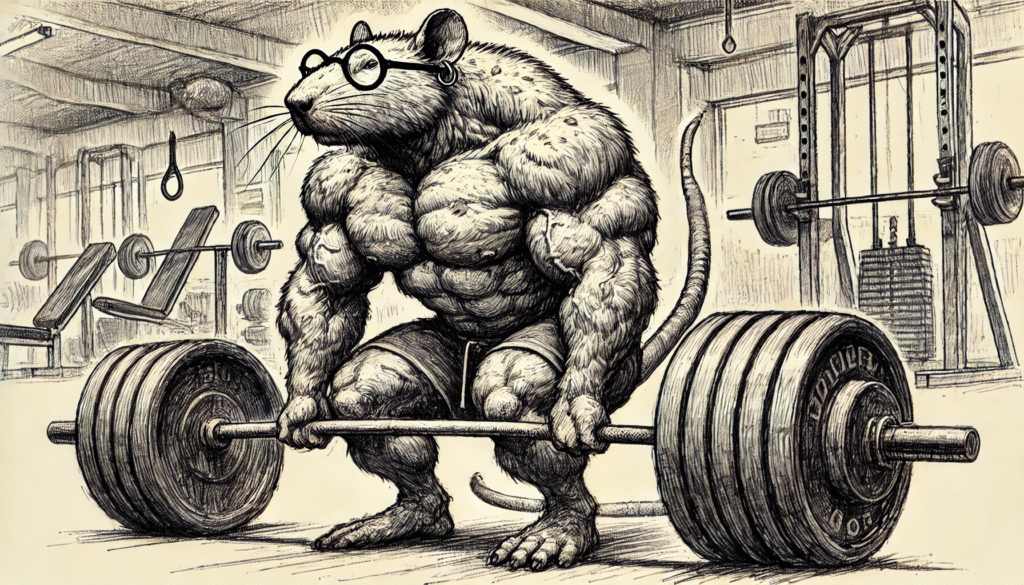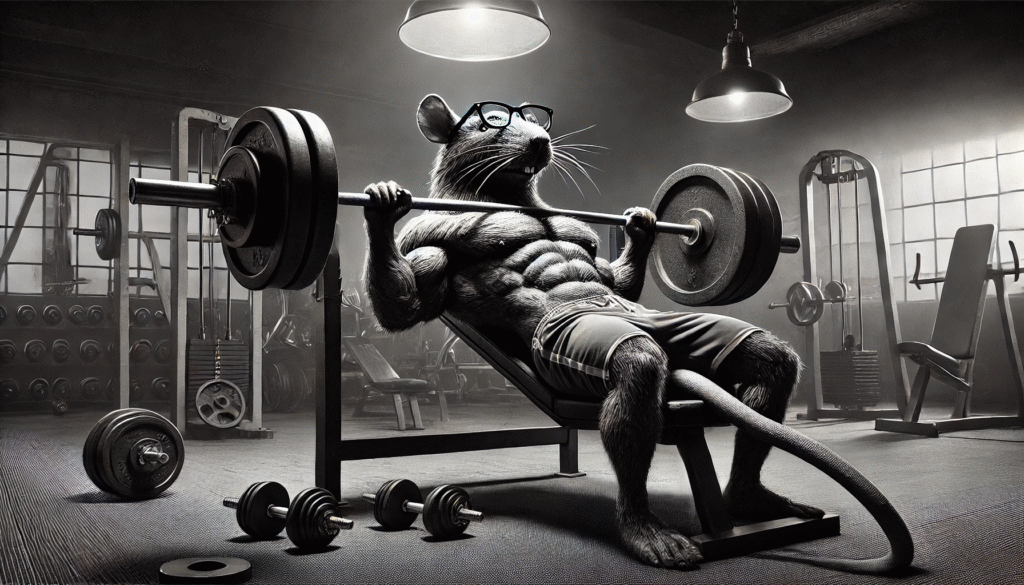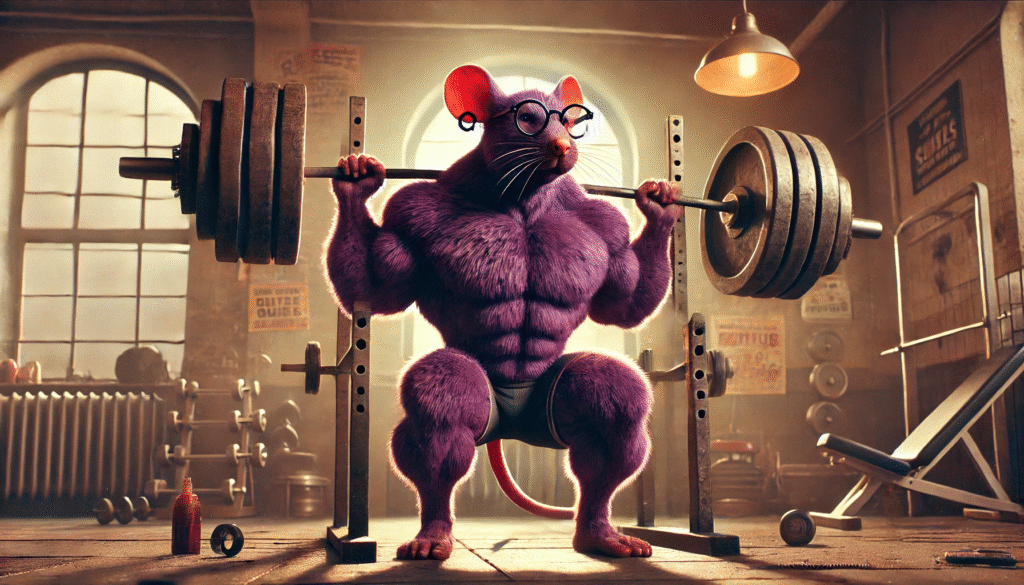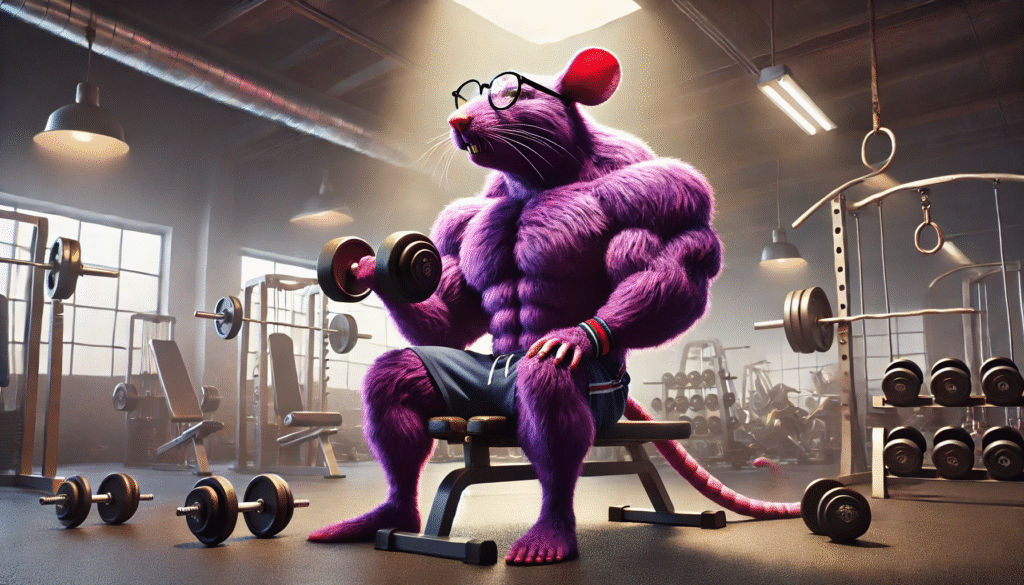10-Minute HIIT Workout Routines For Busy Schedules……..

Getting fit doesn’t have to take a long time. In fact, with a 10 minute HIIT workout, you can start getting stronger, faster, and healthier—right from your own home. These workouts are short, but they really work. You don’t need a gym, just your body and a little bit of space.
HIIT stands for High-Intensity Interval Training. That sounds fancy, but it just means doing quick exercises with small rests in between. A 10 minute workout routine uses this style to help your body move fast, sweat hard, and get in shape. Because each move is strong and fast, you burn a lot of energy in just a few minutes.
Lots of people think you need an hour at the gym to get fit. That’s not true. With a 10 minute exercise routine, you save time but still see great results. This is perfect for busy people—parents, workers, and students—who don’t have extra hours in their day.
Even though it’s short, a 10 minute HIIT workout helps your heart and lungs. You breathe faster and pump more blood, which makes your body stronger. After a few days of doing it, you might notice your clothes fit better or you’re not as tired during the day.
Another good thing is you can do it anywhere. You don’t need fancy equipment. Just clear a small space in your living room or bedroom, and you’re ready to go. This makes it easy to stick with your new habit.
Why Try HIIT?
Many people love these workouts because they fit into their schedule. A 10 minute workout routine can happen before school, after work, or during lunch. Since it’s so short, it’s easier to stay consistent and not skip days.
These workouts don’t just help with weight. They also make your brain feel better. After a quick 10 minute HIIT workout, many people say they feel more awake, calm, and ready to focus. Exercise helps your brain release “feel good” chemicals.
When you move your body in quick bursts, it teaches your muscles to work harder. This helps you get stronger faster. A smart 10 minute exercise routine includes moves like jumping jacks, squats, and fast runs in place. These work many parts of your body at the same time.
Burn Fat After You’re Done.
And guess what? HIIT helps your body keep burning fat even after you’re done. That means your body keeps working for you, even when you sit down later. This is great for people who want to stay fit without working out all day.
If you’re trying to lose weight, a 10 minute workout routine can really help. Since the exercises are fast and tough, they help your body burn calories quickly. Over time, that can lead to real results—without needing hours at the gym.
Even people with busy lives can see changes. Parents chasing kids, workers with long hours, and students with tight schedules all say HIIT helps them feel better and look better. These are real people who started with just 10 minutes a day.
So if you’ve been waiting to start something new, now’s a good time. A 10 minute HIIT workout could be the simple change your body needs. It’s fast, fun, and helps you stay on track—even on the busiest days.
Try it today. You don’t need to be perfect. Just start with a 10 minute exercise routine, keep showing up, and watch your body grow stronger every week.
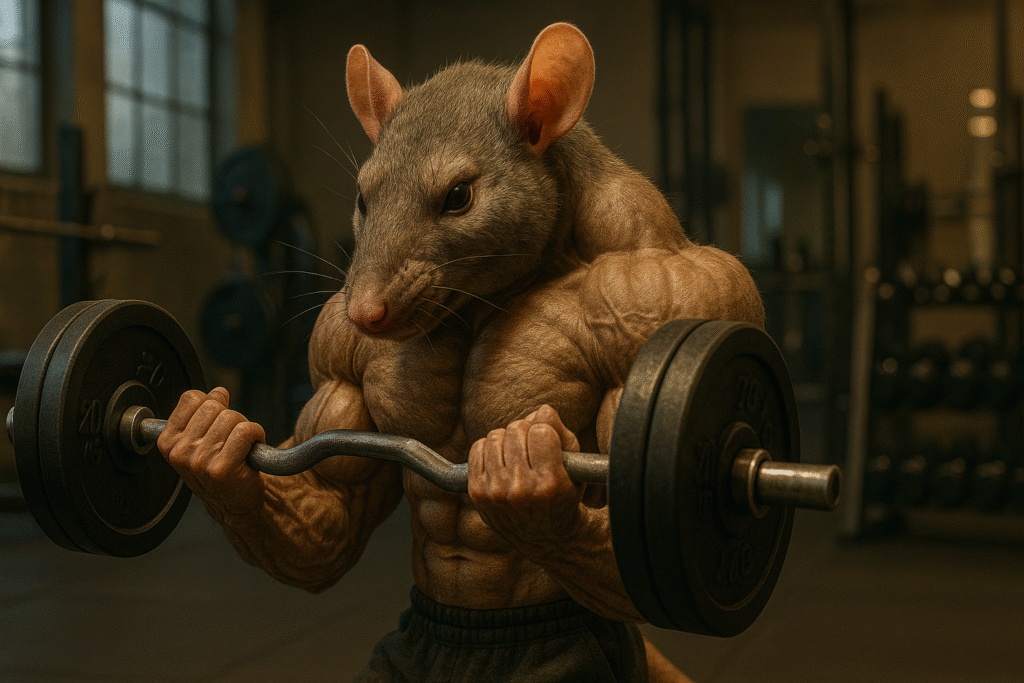
Understanding HIIT: What Makes It Unique?
HIIT is a fun and smart way to exercise. Instead of working out for a long time, you move really fast for a short time, then take a small break. That’s it! A 10 minute HIIT workout uses this trick to help you burn more energy in less time. It’s like a workout shortcut that really works.
How Does It Work?
When you do a 10 minute workout routine, you push your body hard, then rest. This back-and-forth action makes your heart beat faster and helps your muscles get stronger. Think of it like sprinting, then walking, over and over. Your body gets a lot of work in just a little bit of time.
You don’t need to be super fit to start. A 10 minute exercise routine can be changed to match your level. Beginners can do slower moves, and strong people can move faster. Everyone can use HIIT their own way and still see great results. That’s what makes it special—it works for all kinds of people.
Many regular workouts take 30 minutes or more. But 10 minute HIIT routines for busy schedules can give you the same or better results. You save time and still help your body get healthier. This means you have more time for family, school, or work—without skipping fitness.
Another cool thing is that HIIT helps you burn calories even after you stop moving. When you do short, strong moves, your body keeps working later in the day. That means a 10 minute HIIT workout helps you even after it’s done. It’s like a gift that keeps on giving.
Getting Started: What You Need.
You don’t need a gym or expensive tools to begin. A 10 minute HIIT workout can happen right in your living room. Just make sure you have a little space to move around safely. If you like fresh air, you can even try your routine outside in the yard or at the park.
Simple Gear, Big Impact.
Start with a good pair of sneakers. Shoes that support your feet help you move better and keep you from getting hurt. For floor moves like planks or sit-ups, a yoga mat feels nice under your hands and knees. But don’t worry—if you don’t have one, the carpet works fine too.
You can also use things around your house. A small towel, a water bottle, or even two cans of food can stand in for light weights. These extras can add more power to your 10 minute workout routine, but they’re not required. Your body weight is already a great tool for a 10 minute exercise routine.
Before you start, it helps to know how fit you are. Are you just starting out, or do you already work out a little? That way, you can choose the right level of moves for your own 10 minute HIIT workout. Going at your pace helps you stay safe and keeps you excited to keep going.
Set easy goals to begin with. If you reach for too much too fast, you might get tired or frustrated. But if you take small steps, you’ll see real progress. That’s why 10 minute HIIT routines for busy schedules work so well—they help you build up slowly and feel proud along the way.

Safety First: Avoiding Common HIIT Injuries.
Staying safe is super important when doing a 10 minute HIIT workout. Moving fast with poor form can cause pain or even injury. Every move should be done the right way. Like building a house with strong blocks, good form keeps everything working right.
Always Warm Up First.
Before starting your 10 minute workout routine, take a few minutes to warm up. Easy moves like marching in place or arm circles wake up your muscles. Stretching gently helps your body get ready to move fast. Warm-ups lower your risk of pulling a muscle or getting stiff later.
Cooling down is just as important. After your 10 minute workout routine, try deep breathing, slow walking, or toe touches. This helps your heart slow down and keeps your muscles from feeling sore the next day. Cooling down also helps your body recover faster so you’re ready to go again tomorrow.
Listen to Your Body.
It’s okay to feel tired during a 10 minute HIIT workout. A little burn in your legs or arms is normal. But sharp pain is a warning sign. If something hurts in a bad way, stop right away. Trying to “push through” can lead to serious injuries and longer rest times.
Doing too much can be harmful. If your body feels too tired or sore all the time, you may be overtraining. That’s why it’s important to rest between sessions and not do HIIT every single day. Even short 10 minute workout routines need balance and smart planning.
Taking safety steps now means more fun and better results later. With proper care, 10 minute HIIT routines for busy schedules stay fun and safe. The goal is to keep moving, stay strong, and feel great—not to get hurt and take a break. Listen to your body and make safety part of your fitness plan.
10-Minute HIIT Routine: Maximizing Your Workout.
A 10 minute HIIT workout uses every second to help you get stronger and faster. You move hard and fast, then take a quick break. This back-and-forth keeps your heart pumping and your muscles working. It’s a short workout, but it does a lot for your body.
Mix Cardio and Strength.
In just 10 minutes, you can do moves like jumping jacks, high knees, or burpees. These get your heart rate up fast. Next, add moves like squats or lunges to build muscle. Together, these make your 10 minute workout routine both strong and sweaty.
You don’t have to be an athlete to start. A 10 minute exercise routine can be made easier or harder depending on your level. For beginners, slow down the moves or rest a bit longer. Once you feel stronger, go faster or do more reps with less rest.
Make Every Move Count.
During a 10 minute HIIT workout, each second matters. That’s why it’s good to plan ahead. Know which moves come first, which ones follow, and when to rest. This helps you stay focused and keeps the routine fast and fun.
If you’re short on time, try 10 minute HIIT routines for busy schedules that use only body weight. No tools needed. Just move your body with energy and purpose. These kinds of workouts are perfect for doing at home, during lunch breaks, or even while traveling.
Over time, your body will get stronger, your heart will beat better, and you’ll feel more energized. It all starts with showing up and giving those 10 minutes your best. Even a short 10 minute exercise routine can make a big difference if you keep at it.

Mind Over Matter: Maintaining Consistency.
It’s not always easy to stick to a 10 minute HIIT workout every day. Life can get busy, and sometimes you just feel too tired. But if you make a plan that fits your day, it becomes easier to keep going. Start small, and build a routine that matches your time and energy.
Build a Strong Habit.
Set a regular time for your 10 minute workout routine—like before breakfast or after school. Treat it like brushing your teeth. When it’s part of your day, it feels normal and not like a chore. The more often you do it, the more natural it becomes.
Even when you’re not excited, doing your 10 minute exercise routine helps you stay on track. You don’t need to be super motivated every day. What matters more is showing up. A little discipline goes a long way when motivation runs low.
Find Your Cheerleaders.
Having a workout buddy can make a big difference. Whether it’s a friend or someone online, sharing goals helps keep you honest. You cheer each other on and stay strong together. This support can make 10 minute HIIT routines for busy schedules more fun and easier to follow.
Celebrating small wins keeps your spirits high. Maybe you finished your first full routine or held a plank longer than yesterday. These little victories show progress. They give you proof that your 10 minute HIIT workout is working and worth the effort.
To avoid getting bored, change things up now and then. Try new moves or do your routine in a different room. This helps your brain stay excited about your 10 minute workout routine. A fresh twist makes it easier to keep going and not give up.
🏃 Cardio Blast HIIT Exercises
| Exercise | Time (seconds) | Rest (seconds) |
|---|---|---|
| Jumping Jacks | 30 | 15 |
| High Knees | 30 | 15 |
| Mountain Climbers | 30 | 15 |
| Burpees | 30 | 15 |
| Skater Jumps | 30 | 15 |
💪 Strength Focus HIIT Exercises
| Exercise | Time (seconds) | Rest (seconds) |
|---|---|---|
| Squats | 30 | 15 |
| Push-Ups | 30 | 15 |
| Lunges | 30 | 15 |
| Plank to Push-Up | 30 | 15 |
| Wall Sit | 30 | 15 |
🔥 Core Blitz HIIT Exercises
| Exercise | Time (seconds) | Rest (seconds) |
|---|---|---|
| Plank | 30 | 15 |
| Bicycle Crunches | 30 | 15 |
| Russian Twists | 30 | 15 |
| Leg Raises | 30 | 15 |
| Mountain Climbers | 30 | 15 |
🧍 Full Body HIIT Exercises
| Exercise | Time (seconds) | Rest (seconds) |
|---|---|---|
| Burpees | 30 | 15 |
| Jump Squats | 30 | 15 |
| Push-Up to Plank | 30 | 15 |
| Lunge Jumps | 30 | 15 |
| Side Plank with Reach | 30 | 15 |
Here are four HIIT exercise charts based on different focus areas:
- Cardio Blast HIIT Exercises
- Strength Focus HIIT Exercises
- Core Blitz HIIT Exercises
- Full Body HIIT Exercises

Innovative HIIT Variation: Keeping It Fresh.
Doing the same moves every day can start to feel boring. That’s why it’s smart to switch up your 10 minute HIIT workout once in a while. You can try different styles, like Tabata or EMOM. These methods use short bursts of hard work but in fun new ways.
Try Tabata and EMOM.
Tabata is a type of 10 minute workout routine that has you move fast for 20 seconds, then rest for 10. You do that again and again for a few minutes. EMOM stands for “Every Minute On the Minute.” You pick one move and do it at the start of each minute. If you finish early, you get to rest!
These styles help your body keep learning new things. They also help your brain stay interested. Changing how you do your 10 minute workout routine keeps you from getting bored and keeps your muscles guessing. That means more progress and better results.
Use Tech Tools.
Today, lots of apps and websites can guide you through new workouts. Some even track how much you’ve done. These tools are great for keeping your 10 minute HIIT workout fun and different each time. You can also wear a watch that shows your heart rate or steps. That way, you know how hard you’re working.
Many people also join virtual fitness classes. These online groups let you move at home but feel like you’re part of a team. You get to follow a coach and try new 10 minute workout routines with others around the world. It’s a fun way to stay motivated.
Even social media helps. You can join a workout challenge or follow new fitness pages for daily ideas. Seeing others try new moves or post results can inspire you to keep pushing. That’s how 10 minute HIIT routines for busy schedules stay fresh and exciting.
Dealing with Setbacks: Turning Challenges into Opportunities.
Sometimes things don’t go as planned. You might get sick, go on a trip, or just have a super busy day. These things can mess up your routine, but they don’t have to stop your progress. With a little change, you can still do a 10 minute HIIT workout and stay on track.
Adjust When You Need To.
When life gets busy, you don’t need to quit. Just try a lighter 10 minute workout routine. You can move slower or do fewer rounds. Even stretching or walking in place keeps your body active. Doing something is always better than doing nothing.
It’s okay to change your routine for a day or two. Listen to your body. If you’re tired or sore, give yourself a break. That way, you come back stronger. A flexible 10 minute workout routine helps you bounce back faster.
Recheck Your Goals.
Take time to look at your fitness goals again. Are they still the right ones for you? If not, it’s fine to change them. Maybe now you need shorter workouts or different moves. As long as you keep trying, you’re doing great.
Many people face setbacks, but they find new ways to keep going. Some switch to indoor workouts. Others use easier moves while healing from an injury. These changes still work, and they keep you moving forward with your 10 minute HIIT routines for busy schedules.
Every bump in the road can be a chance to grow. You may even find a better way to exercise that fits your life more. What matters is not giving up. Keep showing up, even if it looks a little different. That’s how small steps turn into big wins.

Conclusion: Embracing the 10-Minute HIIT Lifestyle.
The best thing about a 10 minute HIIT workout is how fast and easy it is. You don’t need fancy gear or a lot of time. Just a little space and the will to move. That’s why it’s great for busy people who still want to stay healthy and strong.
Make It a Daily Habit.
Doing a 10 minute workout routine each day adds up quickly. Even short workouts work when you stay consistent. It’s not about being perfect. It’s about showing up and doing your best. Over time, these short bursts turn into big changes.
You don’t need hours at the gym to feel proud. A smart 10 minute exercise routine helps your heart, your muscles, and even your mood. You might feel more focused during the day. You may sleep better at night. These small wins matter.
Your Story Matters.
Everyone who loves HIIT started somewhere. Maybe they were tired, too busy, or unsure. But they gave it a shot. You can too. With 10 minute HIIT routines for busy schedules, you can turn a small step into a big win.
As you make progress, don’t keep it to yourself. Share what’s working for you. Talk about your first 10 minute HIIT workout or how much better you feel. Your story might help someone else get started. You never know who you’ll inspire.
So take that first step today. Your journey starts now. Keep it short, keep it strong, and keep it up. Because with every 10 minute workout routine, you’re not just building a habit—you’re building a better you.
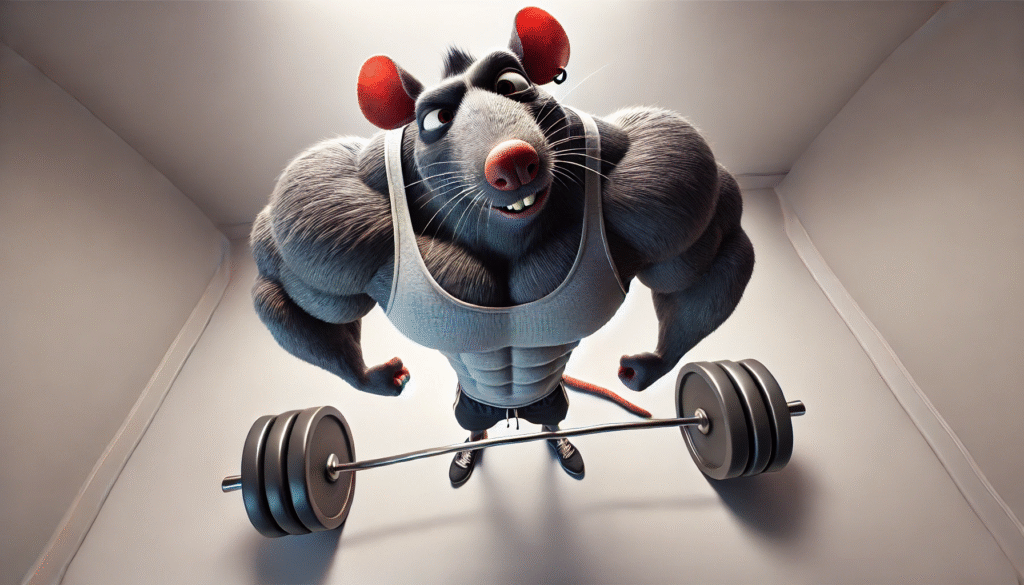
Check Out Our YouTube Channel!
Expert Tips & Tricks.
Fitness Culture.
Nutrition Guidance.
Workout Plans.






